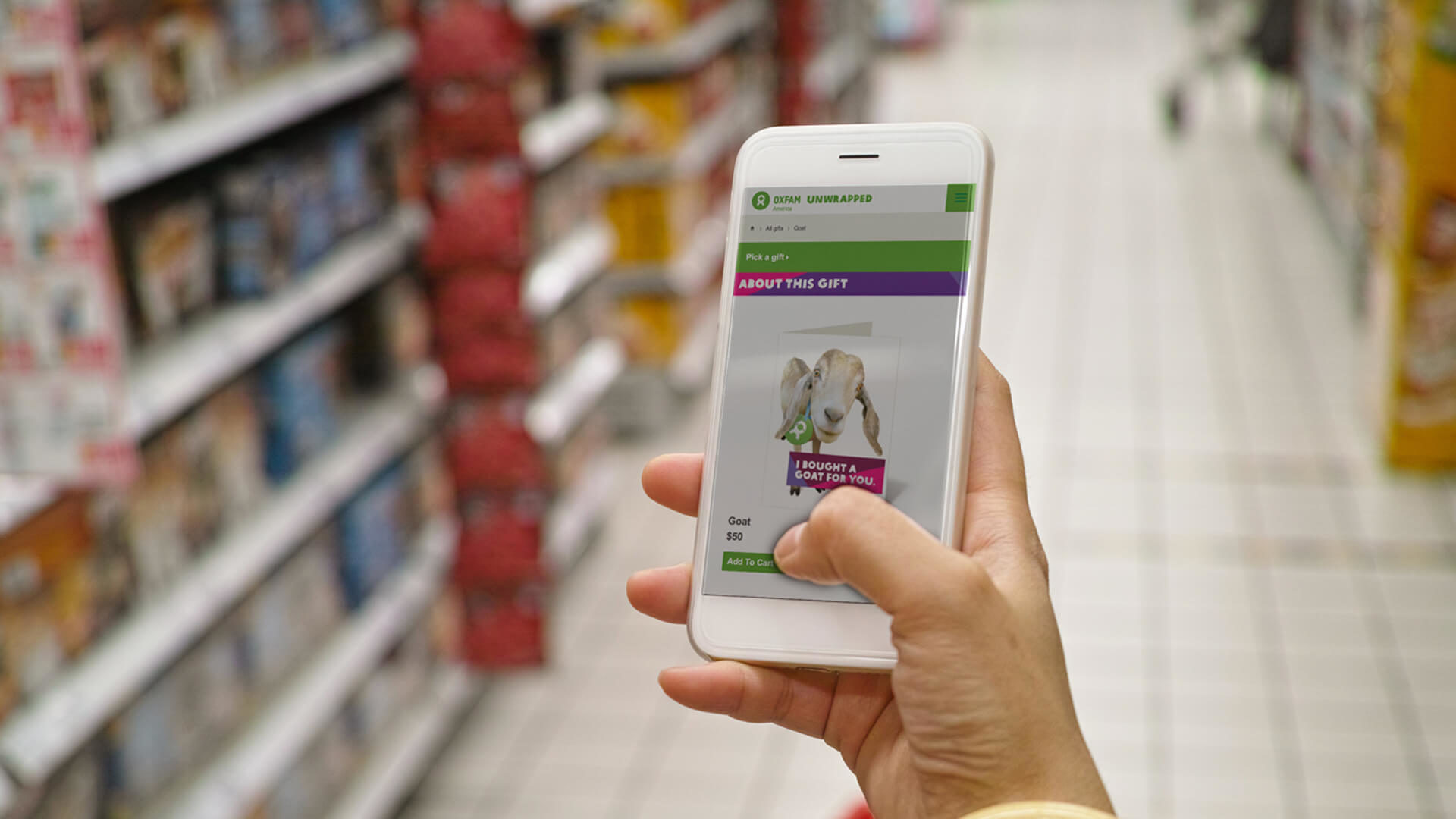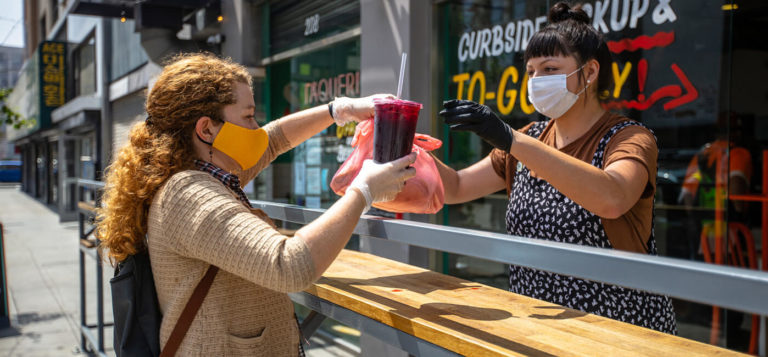GroundTruth recently undertook a quantitative research study into opinions on location-based advertising amongst digital professionals in the UK, which revealed marketers consider it the lynchpin between online and offline behaviours. To delve a little deeper into the findings, we have conducted interviews with a host of industry leaders from brands, agency, consultant and trade body point of view.
In the second interview, we speak to Matt Jerwood, Head of Engagement at Oxfam, on his experience in using location to promote their annual “Oxjam” festival, and what excites him about the next stage of location.
What is the primary benefit of location data in advertising?
(71% of respondents believed location data has the ability to provide customer insights that no other channel can)
Quite simply, it offers us a great barometer of whether we’ll get a good return on our investment for particular marketing activities.
We always try to offer supporters the opportunity to get involved with our activities and as these are so often based around particular locations – such as our Oxjam music events – we know that people will be far more interested in getting involved with things that are local to them.
We all have an established pattern of behaviour in our lives that location data can really help uncover.
What role can location play in joining up consumers on and offline experiences?
(87% believe that location marketing can be the lynchpin between online and offline customer behaviour)
Location can play a huge role in the virtual discovery of physical experiences. Consumers today live in a digital world but the best experiences and manifestations of the digital world still often occur in the physical world and location can play a hugely effective role in bridging the two.
How have you used location-based mobile campaigns to increase visits to bricks and mortar stores?
(69% of UK digital marketers who have run mobile location-based marketing campaigns have tied performance to offline activity such as store visits)
One of our most interesting experiments with location was Traces, and AR app that let people walking past our high street shops view digital content about the work we do. We overlaid the geocodes of all our shops into the app to let people use the camera in their phone to search the shop window for a virtual floating bubble giving them access to secret digital messages from us about our work.
We also use location-based mobile campaigns to drive interest in both our own Oxjam events and festivals like Latitude, where you can get free tickets in return for volunteering for us.
It’s a great way of discovering non-traditional means of support; i.e. ‘doing something’ rather than traditional donating. Location relevance can unlock supporter engagement.
What are the key challenges to mobile location-based marketing?
It’s so important that location marketing fulfils a genuine need or want for a consumer. There is so much commoditised information out there based on location that brands need to offer something that is truly authentic and offers something genuinely useful.
What are you most excited about in advertising in the coming year?
The move of social media into the peer-to-peer giving world. There is huge potential for peer-to-peer social media platforms to be a huge fundraising platform.





